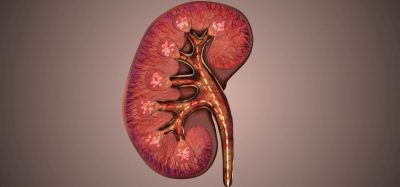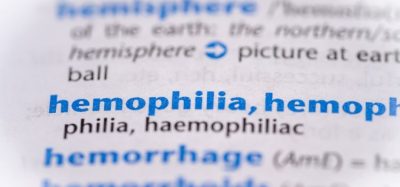New methodology allows for deeper understanding of how drugs interact
Posted: 15 November 2019 | Rachael Harper (European Pharmaceutical Review) | No comments yet
A methodology has been developed which characterises how drugs influence each other when combined during treatment and sheds new light on how drugs perturb the underlying molecular networks.


Researchers have developed a new methodology characterising more precisely how drugs influence each other when combined during treatment.
The research from the CeMM Research Center for Molecular Medicine of the Austrian Academy of Sciences, which comprised an analysis of over 30k drug pairs applied to cell lines, identified 1,832 interactions between 242 different drugs and sheds new light on how drugs perturb the underlying molecular networks.
This new study represents the first general approach to quantifying with precision how drugs interact with each other, based on a mathematical model that considers their high-dimensional effects. Their research reveals that the position of targets of a given drug on the interactome (the intricate network of molecular interactions) is not random but rather localised within so-called drug modules.
They found that the location of a drug module is linked to the specific cell morphological changes induced by the respective treatments, making morphology screens a valuable resource for the investigation of drug interactions. They further identified various factors that contribute to the emergence of such interactions.
Most notably, the distance between two drug modules on the interactome plays a key role: Certain types of interactions are more likely depending on the exact proximity between the two respective drug modules. If the modules are too far away from each other, it is rather unlikely that an interaction will take place.
“We developed a completely new methodology to classify drug interactions,” said Michael Caldera, first author of the study and PhD student at Jörg Menche’s Group. “Previous methods could characterise interactions only as synergistic or antagonistic. Our methodology is able to distinguish 12 distinct interactions types and also reveals the direction of an interaction.”
This methodology could also be applied to address other key challenges, such as dissecting the combined impact of genetic variations or predicting the effect of a drug on a particular disease phenotype, the researchers said, and the research forms a solid base for understanding and developing more effective drug therapies in the future.
The findings from this study were published in Nature Communications.
Related topics
Data Analysis, Drug Development, Drug Safety, Research & Development (R&D), Therapeutics
Related organisations
CeMM Research Center for Molecular Medicine of the Austrian Academy of Sciences









